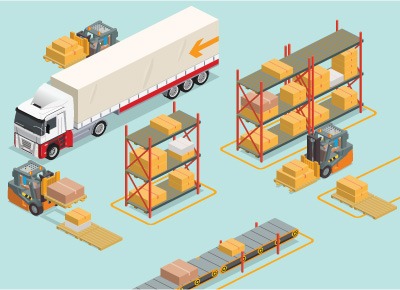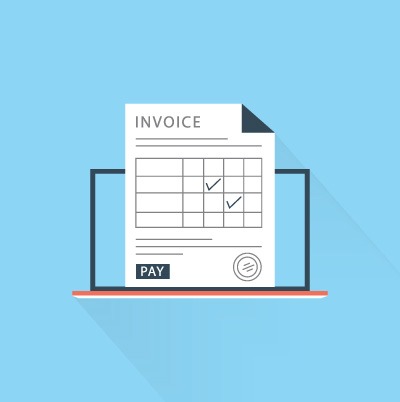A Simple Definition of E-Procurement Systems
E-procurement systems, applications designed to allow businesses use the Internet in order to acquire the necessary goods and services, are not all created equal. The term itself is quite broad and actually includes several varieties of applications. Part of a successful implementation involves choosing the appropriate application.
E-Procurement Systems Categories
In general, there are three main categories of e-procurement systems. One type focuses on improving the transactions and the decision-making capabilities of the company. Businesses may deal with hundreds of transactions weekly, but these applications simplify the process and help foster stronger relationships between buyers and suppliers.

The second category of e-procurement systems involves managing assets. Systems in this category provide inventory management, maintenance scheduling, in-house product availability, as well as other similar services. These applications are useful for businesses that need to keep a close idea on the quality of their direct materials in stock. Finally, the last category includes systems designed to optimize a company's production operations. Many of these applications deal with the entire production cycle, including the procurement of materials when the inventory runs low, the management of supplier contracts, and the production scheduling.
Which System is Right for Your Industry?
Because of the differences between the systems, it is important for companies to choose the one that is most appropriate for their industry. However, the decision isn't as difficult as one might at first think. Businesses involved with manufacturing, such as automobile makers, would be more likely to use systems from the third category. Those types of applications would allow them to maintain a specific amount of direct materials in their inventory but they also need to have a system which helps them plan and forecast their production.

On the other hand, companies that deal with repair and/or maintenance, such as automotive repair shops, would be more likely to use e-procurement systems from the second category. Since they need to keep track not only of their inventory of car parts, but also of helping them set repair schedules.
Benefits of E-Procurement System Adoption
Regardless of the type of e-procurement system a company chooses, the company can expect to receive similar benefits including saving money on purchases, improving the timeliness of the purchasing process, and eliminating waste. In addition to these benefits, companies can also improve the efficiency of their supply chain.
Supply chains essentially include every business, manufacturer, and distributor that supplies the goods and services necessary to create a product, so any improvement in the speed of those transactions is obviously beneficial. Additionally, using e-procurement to enhance supply chain relationships can make it easier for accounting departments to track and keep a record of payments and invoices.

E-procurement systems don't automatically boost supply chain efficiency, however. The company must select a system that has the capabilities necessary to achieve those benefits first. For example, the system must include applications to assist with contract management, including storing pricing information, maintaining sales terms, and helping negotiations. By having all of this information in one place, the purchasing process is expedited. Another offering that must be included in the application is the ability to easily compare suppliers so that the best one can be chosen to meet that company's particular needs. After all, choosing the right supplier depends on more than just price; it also involves product availability, customer service, industry reputation, and quality.
Despite the differences in e-procurement applications, the bottom line is that a company must choose one that works for its industry and one that will help make its supply chain more efficient if the system implementation is to truly be successful.
